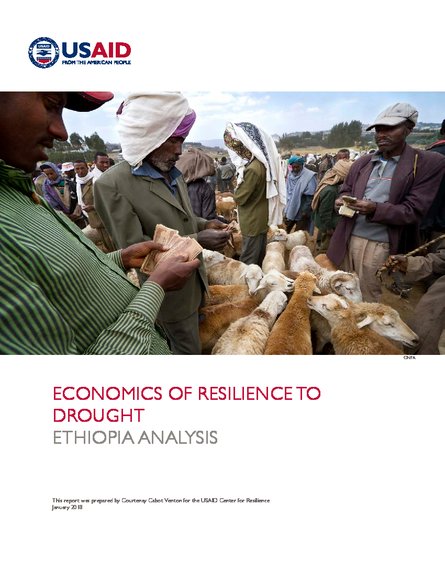
A recent study commissioned by USAID assessed the cost savings that could result from an earlier and more proactive response to drought in Kenya, Ethiopia and Somalia. The study finds that donors could save 30% on humanitarian aid spending through an earlier and more proactive response; this is equivalent to savings of US$1.6 billion when applied to U.S. Government spending over the last 15 years in these three countries alone. A more proactive response that can help to protect people’s income and assets is even more cost effective and can help households to manage the effects of shocks. When these benefits are incorporated, the overall savings increase to US$4.2 billion. Put another way, every US$1 invested in building people’s resilience will result in up to US$3 in reduced humanitarian aid and avoided losses.
These results are clear; investing in early response and resilience is significantly more cost effective than providing ongoing humanitarian aid. Investing in resilience is a win-win – it not only reduces human suffering, but it also reduces the cost to donors, allowing humanitarian aid dollars to go further and help more people. An ounce of prevention is worth a pound of cure.